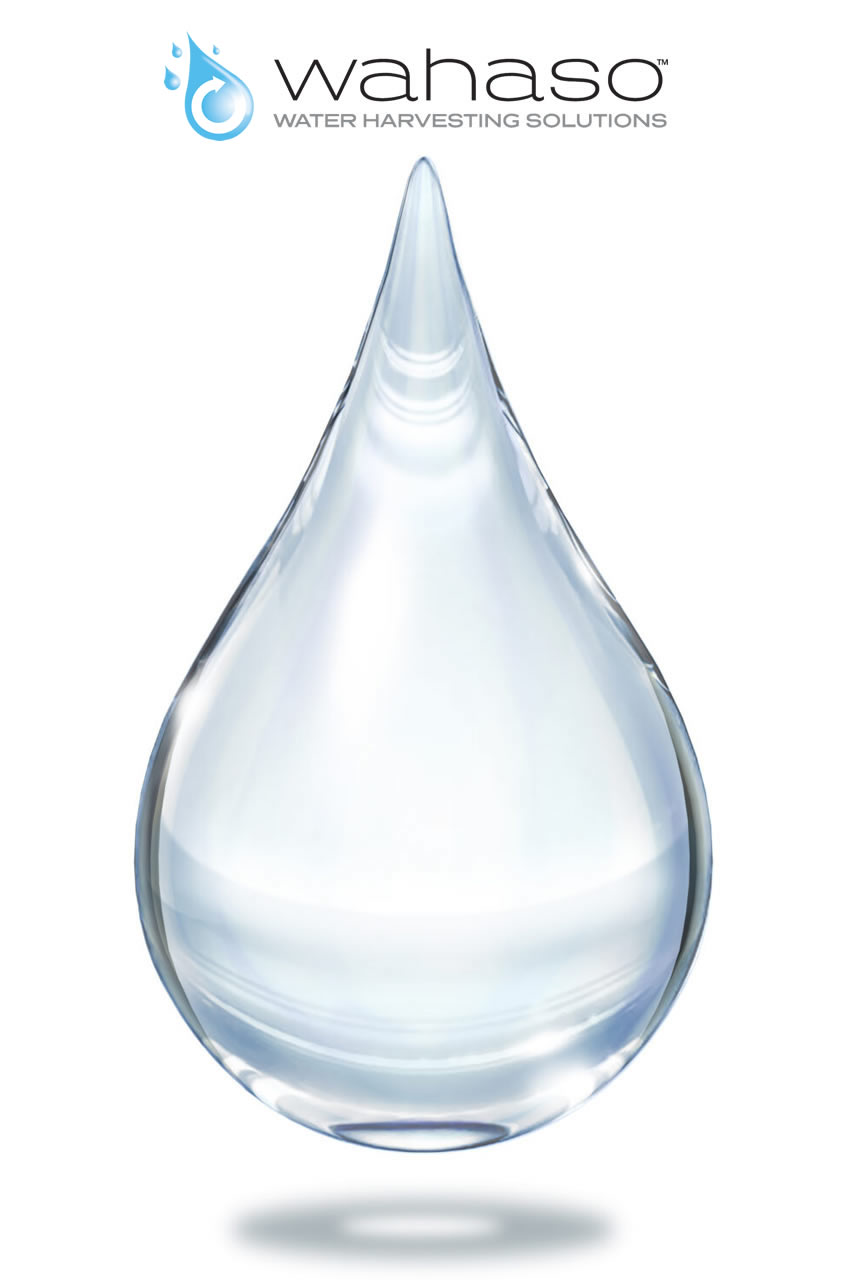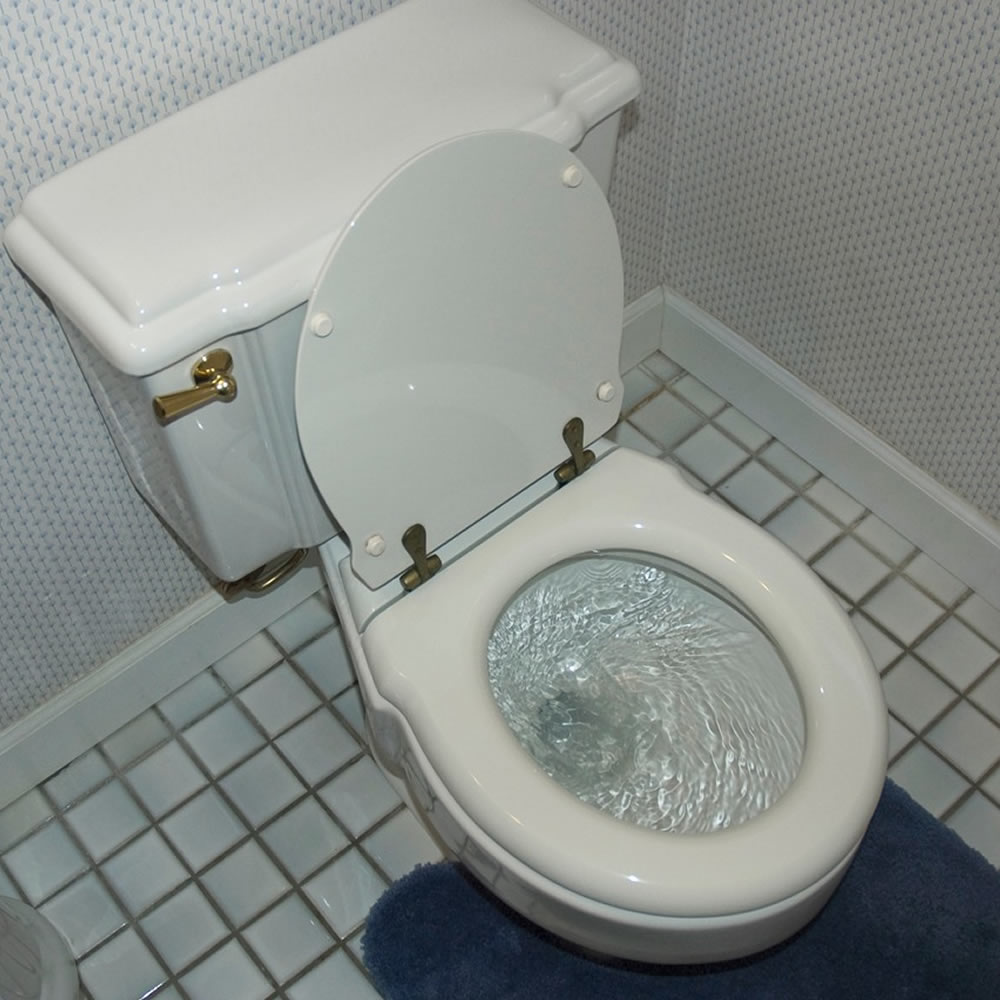Selecting A Water
Harvesting Solution
Harvested Water Solutions
Every building project presents a unique situation. Which water sources for collection are most appropriate for your building project? How should the water be processed? How should collected water be stored? The answer to all these questions is, “it depends”. The options and combinations of options create an unlimited set of variables in designing a system that best suits a particular building in a given location.
Every Water Harvesting Solutions project begins with what we call the“Scoping Phase”. This is an analytical phase that helps to identify the best strategy for a particular building. We can provide a free analysis and recommendations for your project. Contact us! The following issues are considered in any
recommendation developed:

Motivations
Why does the building owner wish to apply a water harvesting system for the building? What are the motivations?
Motivations may include:
- A genuine interest in “being green” and reducing the impact of the building on the environment.
- Earning LEED certification for a building.
- A requirement by the local municipality to reduce the amount of rainwater entering the sewer or stormwater system.
- Conserving potable water to save water costs and interest in ROI for the system.
- Reducing water processing fees to local municipalities.
- Creating public relations opportunities for the organization as a “good neighbor”.
- Enhancing the beauty of the building through a green roof or vegetated swales.
On-Site Water Sources
The planned building use, size and location all affect the logical sources of water for harvesting.
Our Scoping phase addresses these and other questions:
- What is the average annual rainfall amounts at the building location?
- What is the planned design and square footage of the building’s roof? What percentage will receive collectible rainwater?
Is there a cooling system that generates condensate? - What is the anticipated daily supply of greywater (gray water) from showers, sinks and other sources?
- Will the building generate ground water through a sump system?


Harvested Water Uses
We will also want to consider how harvested water might be used in your building and on the property.
- For systems supporting toilet flushing, what is the occupancy? For our analysis, it’s less about the number of fixtures and more about how many times per day they are flushed.
- What is the Gallons Per Flush (GPF) of each fixture type?
- What is the anticipated water demand for planned grass and landscaping?
- Is there a desire to use the harvested water for a cooling tower or as backup to a fire suppression system?
Other Considerations
These other factors affect the total system design:
- What are the costs for municipal water? What are they expected to be 5 to 10 years out?
- What are the costs for sewage treatment in the area?
- Does the community have any regulations in place addressing the usage of greywater or rainwater?
- Can the building design accommodate a planted roof system?
- Can the parking area accommodate a vegetated swale instead of a mechanical filtration system?
Wahaso – Water Harvesting Solutions works closely with the building architects and engineers to develop a system that best meets the need of the property and the desires of the property owner.
Get a free Analysis
How Much Rainwater is Available? How much greywater do you need? If you have a commercial project, we are happy to run our proprietary Water Balance Model for your location to project the potential water savings value of a system.
For more information on our processes and approaches to harvesting, feel free to contact us.
Since 2004
Wahaso Mission
Our mission at Wahaso is to help municipalities and commercial property owners reduce the impact of their buildings on the environment through innovative and sustainable water practices.

